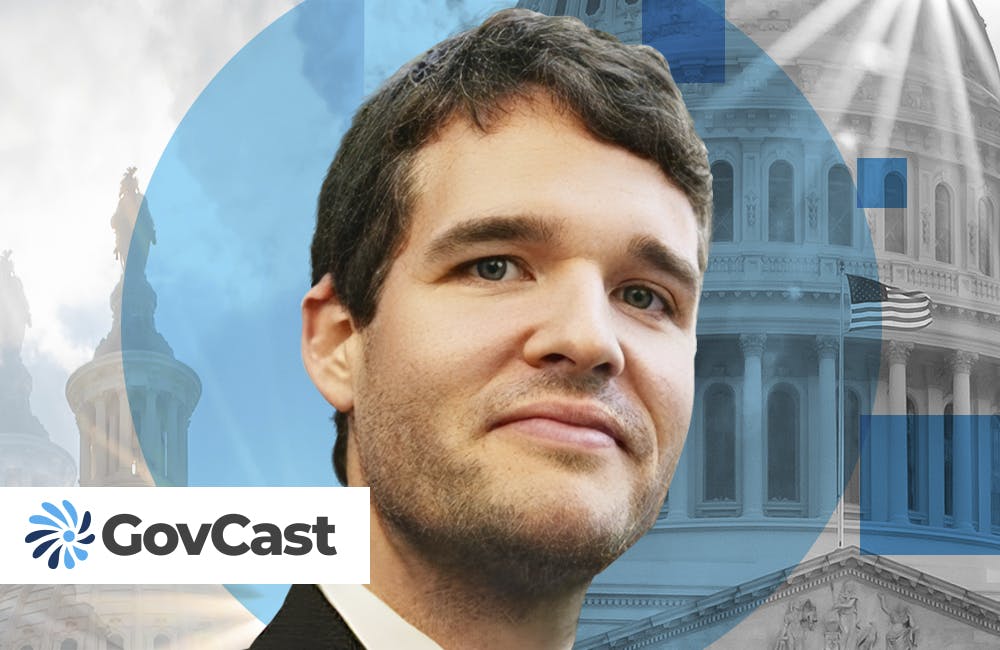TEFCA Puts Agencies on Path to Improve Overall Public Health
The data framework provides agencies with a universal platform to make data sharing more efficient.

The Trusted Exchange Framework and Common Agreement (TEFCA) is pushing agencies one step closer to achieving their interoperability goals by providing a better across-the-board exchange of patient data, quicker access to clinical information and greater network scalability.
TEFCA, published in 2022 by Office of the National Coordinator for Health IT (ONC), offers a broad governance framework that requires an understanding of data sharing capabilities and more engagement with outside partners. The Centers for Disease Control and Prevention (CDC) and the Department of Veterans Affairs are among agencies currently exploring TEFCA to drive interoperability goals.
During the GovCIO Media and Research Health IT Summit, CDC Chief Data Officer Alan Sim noted how it’s important to look at what agencies are trying to solve, and then ask how TEFCA aligns with that end state.
“I think it’s really important as we engage with TEFCA to have a very realistic and pragmatic approach, focus on the outcomes, what problems are you trying to solve and what use cases are more shovel ready to leverage,” said Sim. “Then have those conversations with your state, tribal and local territorial partners, what does that mean for you? What is the value proposition if you’re not able to make those messages clear, then it then it becomes just another initiative.”
Having a common framework is critical when focusing on the outcomes. It’s also important for stakeholders to be able to better connect to different types of disparate data sources to arrive at those outcomes.
“There are so many different medical edge use cases where there’s not enough information or where it’s only in the general parts of it,” said Maximus AI Vice President Kathleen Featheringham. “I want to be able to have my family members have better AI models or have those models trained to not just find ones that are the most common, but what about the ones that are only in certain data sets or certain things that could be put into models that will help you better find those? I want to be able to have that.”
Providing whole health and best health to veterans is the top priority at the Veterans Health Administration, which is exploring how TEFCA could create an environment where information can flow seamlessly that can be of high-quality support and care.
“My hope is that we emphasize more the quality of the data and the experience of the clinicians who have to process the data. So, we have tremendous success, moving amazing numbers of clinical documents across the nation,” said VHA Technical Lead Ioana Singureanu. “We have clinicians who have to examine and use that information, and I think that’s where the key area of improvement is for us to improve their experience, the way they search for data, use the data, render the data and apply it to care.”
According to ONC, creating interoperability can be very complex and require multiple connections. Deputy National Coordinator for Health IT Steven Posnack said the agency is continuing to pursue ways to streamline some of the processes by focusing on six different initial exchange purposes — and to achieve it at the network scale and the national level for TEFCA.
“Where there’s some variability today from a policy perspective is that certainly the networks focus on treatment and a lot of them do that as well but including public health, including payers, including other types of health operations, other business cases and benefits determination. Those are other exchange purposes that we’ve included now up front as part of the common agreements expectations,” said Posnack.
“For a lot of entities that are participating in public health exchange, having to do all those point-to-point connections is a drain on their limited staff and limited resources so, if they can connect once and have network scale. That’s some of the advantages that we’re looking to help drive with TEFCA,” he added.
This is a carousel with manually rotating slides. Use Next and Previous buttons to navigate or jump to a slide with the slide dots
-

How Health Care Leaders Should Plan for Building Cyber Resiliency
Policy leaders recommend health care organizations implement tools like encryption and multi-factor authentication to protect their data.
4m read -

HHS Aligns AI, Tech Strategy Under its Policy Agency
ONC will have a new name and oversee more c-suites to better shape the future of health care technology policy.
3m read -

Inside VA’s Lighthouse for App Development
Andrew Fichter discusses how Lighthouse is serving veterans and why it is necessary for modernization of veterans services.
24m listen -

Exploring the Link Between Climate Change and Public Health
Dr. John Balbus, Climate Change and Health Equity Director, HHS
35m listen








